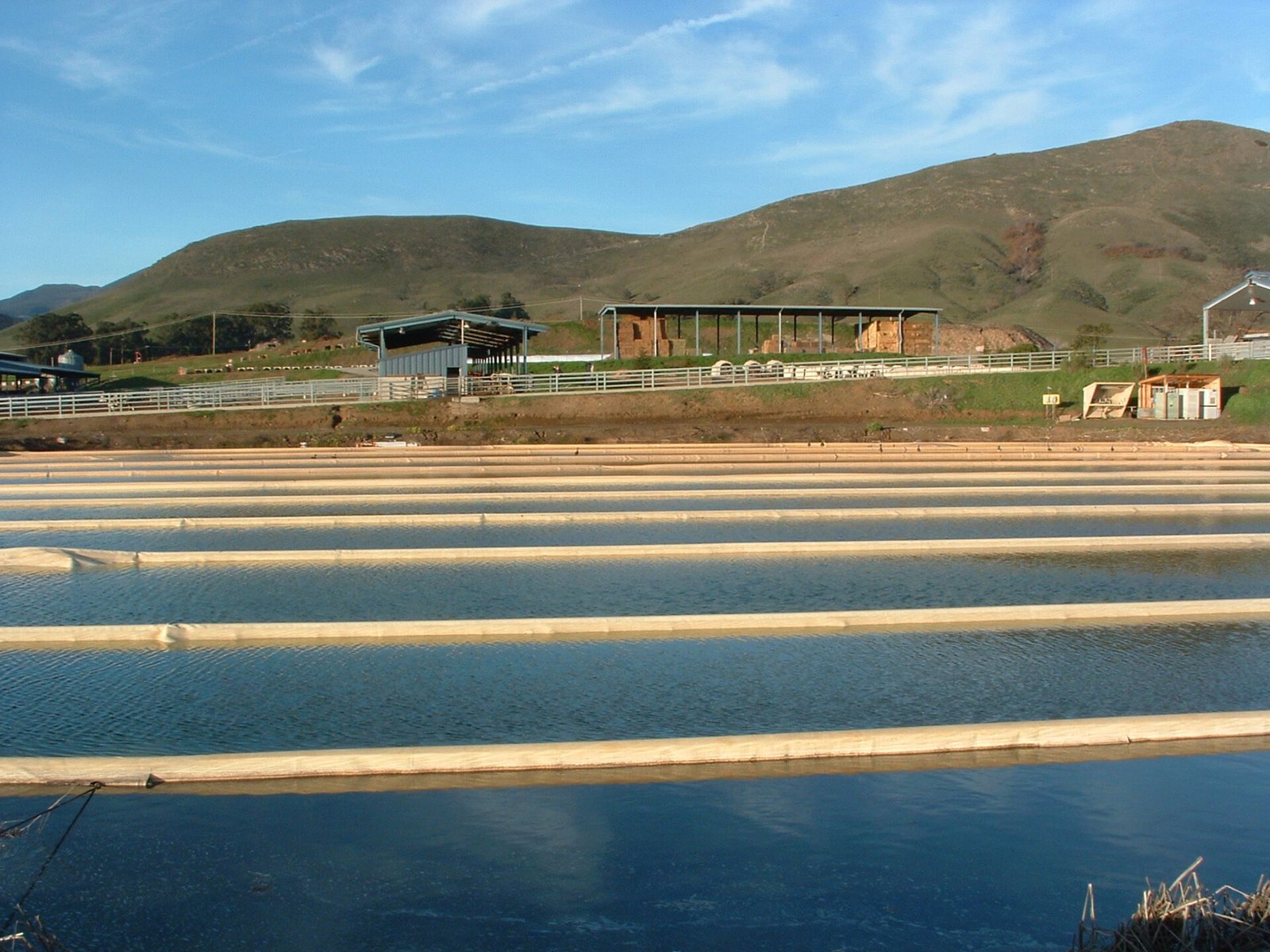Water Utility PFAS Solutions: Navigating Mitigation and Treatment Strategies
Introduction
Per- and polyfluoroalkyl substances (PFAS) have emerged as a significant concern for water utilities and individuals alike, posing health risks and environmental challenges. As of July 2025, regulatory scrutiny surrounding PFAS has intensified, compelling water utilities to find effective treatment solutions. This article will explore the intricacies of PFAS contamination, the latest advancements in treatment technologies, and regulatory frameworks shaping this increasingly important issue.
The urgency for effective PFAS solutions is underlined by data from the Environmental Protection Agency (EPA), which recently established stringent limits on PFAS levels in drinking water. Such regulatory changes raise critical questions for water utilities: How can we identify PFAS contamination? What treatment options are most effective? How can we ensure compliance while protecting public health? This comprehensive piece aims to equip water utility managers, environmental engineers, and municipal leaders with the knowledge and tools necessary to tackle PFAS effectively.
Understanding PFAS: The Core Issue
What Are PFAS?
PFAS, often labeled "forever chemicals," consist of thousands of compounds characterized by a carbon-fluorine bond, which grants them remarkable chemical stability. This stability makes them resistant to degradation, allowing for widespread accumulation in the environment and in the human body. Research indicates that PFAS can lead to various health issues, including cancer, hormone disruption, and immune system impairment.
Sources of Contamination
Identifying sources is crucial for effective remediation. PFAS may enter water systems from:
- Industrial Effluents: Manufacturing processes for products like nonstick cookware and waterproof textiles.
- Firefighting Foams: Aqueous film-forming foams (AFFF) are known to contain high levels of PFAS.
- Landfills: Disposal of consumer products can leach PFAS into groundwater.
- Wastewater Treatment Plants: Insufficient removal processes.
Regulatory Landscape and Its Implications
Current Regulations
As of 2025, the EPA has proposed stringent regulatory measures concerning PFAS levels in drinking water, including a maximum contaminant level (MCL) of 4 parts per trillion. These regulations are the result of mounting evidence showing the health impacts of PFAS, influencing state legislatures to develop their own guidelines.
Environmental Justice and Public Perceptions
Public engagement on PFAS has increased, with community groups advocating for transparency in water quality reports. Water utilities, therefore, find themselves balancing regulatory compliance with public opinion and community trust.
Mitigation Strategies: Understanding Treatment Options
1. Source Control
Before delving into treatment technologies, it’s crucial to implement source controls. This involves:
- Land Use Regulations: Restricting industrial facilities using PFAS to protect local waterways.
- Monitoring and Reporting: Regularly testing for PFAS at high-risk sites to mitigate risks before they reach water supplies.
2. Treatment Technologies
Water utilities can choose from a variety of treatment options:
Conventional Methods
-
Granular Activated Carbon (GAC): Proven effective for PFAS adsorption. According to 2024 industry analyses, GAC can reduce PFAS concentrations by over 90% when operated correctly.
- Ion Exchange: This process can effectively remove PFAS by exchanging these pollutants for alternative ions. Research suggests that elution of PFAS back into the water supply can be minimized with proper resin selection.
Advanced Technologies
-
High-Pressure Membrane Technologies: Reverse osmosis (RO) has shown exceptional results in PFAS removal, achieving reduction rates upwards of 99%. Yet, the technology demands significant energy input and produces a concentrated waste byproduct that requires further treatment.
-
Electrochemical Oxidation: This innovative approach generates hydroxyl radicals to break down PFAS molecules into less harmful compounds. Pilot studies show promise, but more extensive research is needed for commercial viability.
- Catalytic Oxidation: Emerging studies suggest that combining catalytic processes with traditional treatment may lead to more comprehensive PFAS degradation.
3. Monitoring and Maintenance
Post-treatment monitoring is crucial. Continuous monitoring systems can ensure compliance and detect potential recontamination events quickly. Utilities should also implement robust data management systems to analyze trends over time and adapt strategies accordingly.
Financial Considerations
Cost-Benefit Analysis
Given the high costs associated with PFAS treatment technologies—GAC systems costing between $300,000 to $2 million depending on scale—utilities must perform a comprehensive cost-benefit analysis. This includes not only the initial capital investment but also long-term maintenance, waste handling, and potential regulatory fines for non-compliance.
Funding Opportunities
Federal and state grants are becoming more available for utilities addressing PFAS contamination. The Infrastructure Investment and Jobs Act has allocated billions for water infrastructure improvements, specifically targeting PFAS concerns. Utilities should stay abreast of funding opportunities and regulatory changes to support their treatment initiatives.
Case Studies: Success Stories
Case Study 1: The City of Newburgh, NY
Facing PFAS contamination from firefighting foam, the City of Newburgh implemented a comprehensive GAC-based treatment system in 2018. The project, funded through grants and emergency funds, effectively reduced PFAS levels, providing clean drinking water to the community and restoring public trust.
Case Study 2: Kalamazoo, MI
Kalamazoo opted for a multi-barrier approach, integrating ion exchange and advanced oxidation processes. Their phased implementation has rendered significant improvements in water quality, alongside rigorous public engagement initiatives that include frequent information sessions and updates on treatment progress.
Conclusion
As PFAS continues to represent a formidable challenge for water utilities, a multifaceted approach combining source control, advanced treatment technologies, regulatory compliance, and community engagement emerges as the most effective strategy. Success requires not only advanced treatment solutions but also sound financial planning and continuous monitoring to safeguard public health.
Addressing PFAS contamination is an evolving field that demands proactive, informed actions from water utility managers. By leveraging the latest innovations and engaging with community stakeholders, utilities can reclaim their role in ensuring safe, clean drinking water while maintaining public trust. As the landscape changes, staying adaptable and informed will be essential for managing the complexities surrounding PFAS effectively.
source https://www.waterandwastewater.com/water-utility-pfas-solutions/

No comments:
Post a Comment